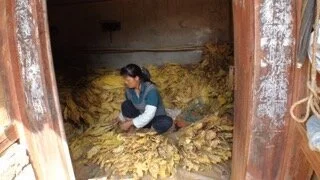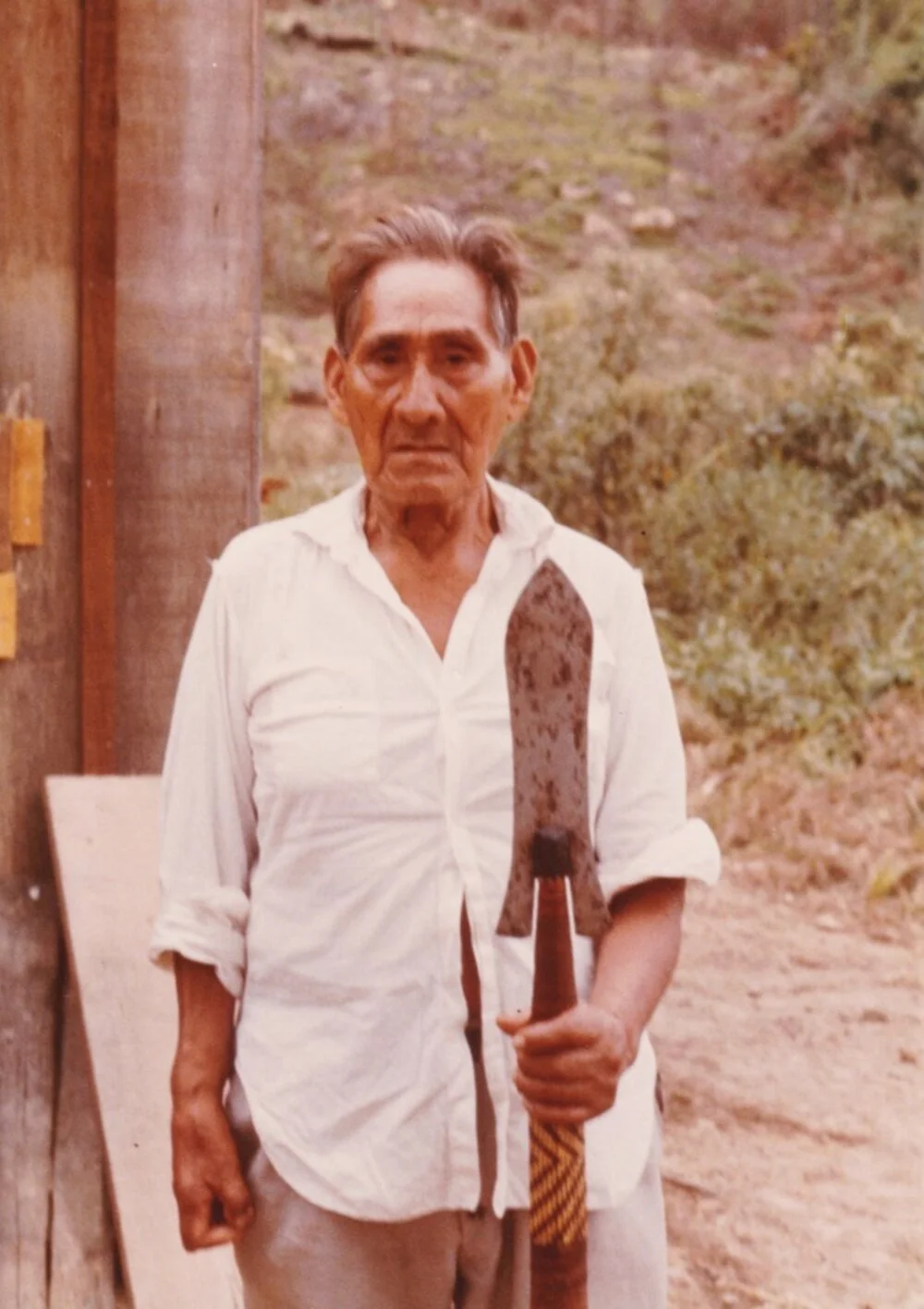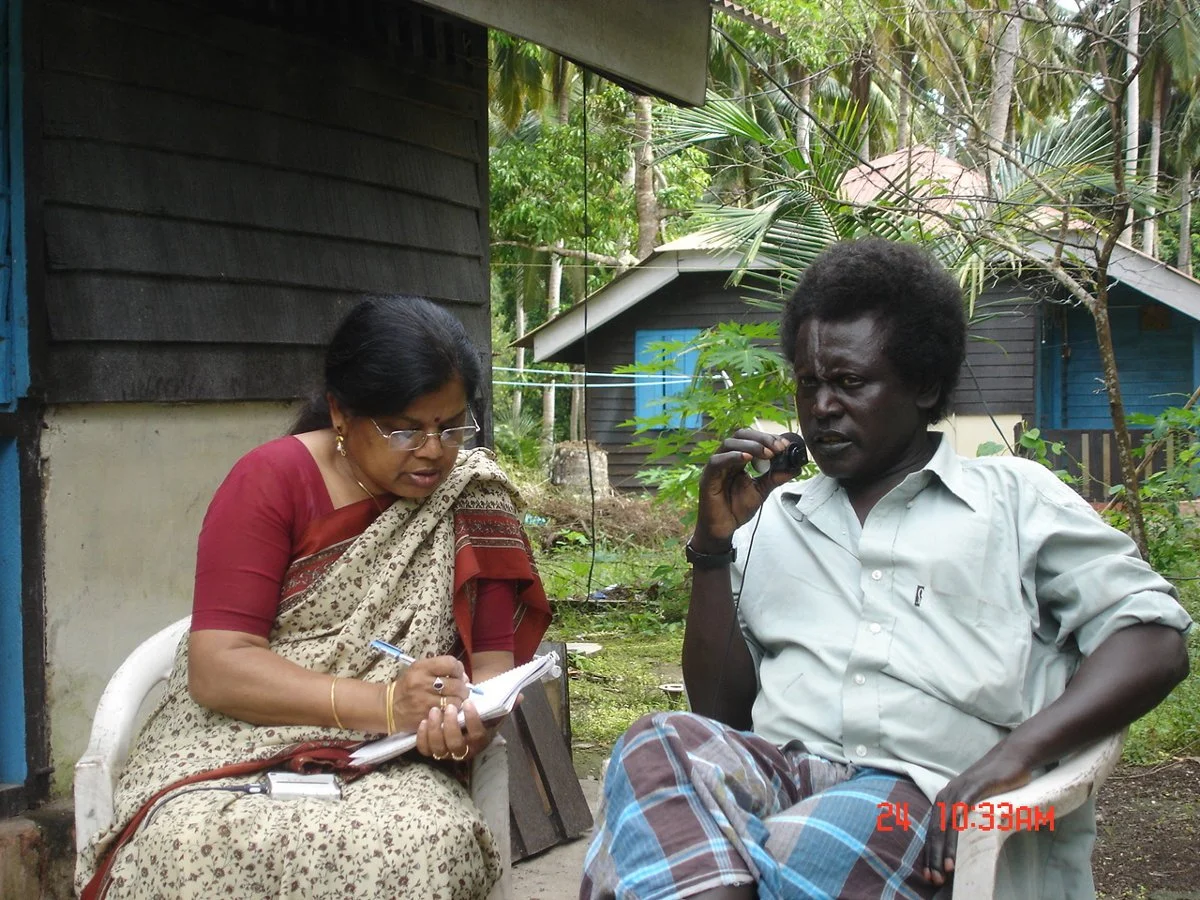STORIES
PAUNAKA
DOCUMENTATION OF PAUNAKA
September 26, 2016
Swintha Danielsen, Lena Terhart and Federico Villalta
Paunaka Documentation Project, University of Leipzig
Collection: “Documentation of Paunaka,” Endangered Languages Archive at SOAS University of London
Miguel Supepí Yabeta. Photo: Federico Villalta
The current situation of Paunaka as a language of “last whispers” can be understood from the history of its speakers. Prior to colonisation, the Paunaka people used to live in pampas rich in rivers and lagoons, where they mainly subsisted on fishing and keeping poultry. There were once many different languages in the region that were mutually unintelligible, some of them belonging to completely different language families.
The distribution of indigenous languages changed completely when Jesuits entered the region in the 17th and 18th centuries. They founded several mission towns in Bolivia, where they “reduced” (this was their terminology) the people to have a better control over them for evangelization. Speakers of different languages were settled together in one mission and one dominant language was chosen as the general language of the mission. The Jesuits studied the respective language and documented it in grammars, they even gave sermons in the language and invented chorales. While the favoured language flourished and at the same time changed substantially under the Jesuits' influence, it came at the cost of the other languages which lost importance.
In the case of Paunaka, the language remained a means of communication in the private domain due to the missionaries’ practice in this particular region of Bolivia, the so-called Chiquitanía, to settle people in different parcialidades according to their ethnic identity. The Paunaka were numerous in the mission town of Concepción, with approximately 11% of the total population. Nevertheless, the general language of the mission as well as of most other missions in the Chiquitanía was Chiquitano (called Bésɨro today).
After the Jesuits' expulsion in 1767, many people left the missions and settled in the surrounding areas. The Paunaka settled north and west of Concepción, where they lived peacefully together with Napeka and people of other ethnic groups.
But in the first half of the 20th century, their equilibrium was again massively disturbed. The rubber boom brought many white people into the region. Paunaka people were employed in the construction of a road leading to the rubber plantations, where they suffered hunger. Rich Bolivians appropriated land to build big farms and haciendas with the help of indigenous people. They “paid” in goods in advance and by doing so, they soon established a system of debt labour to exploit the indigenous workers. Paunaka people lived on the farms together with speakers of other languages.
María Supepí Yabeta (L) María Cuasase (R). Photo: Federico Villalta
Today’s Paunaka speakers can all trace their history to a farm called Altavista which still exists, but nowadays houses a centre for the study of the tropical dry forest. Although the Paunaka were the most numerous group there, speakers of Bésɨro were socially dominant and their language was considered superior. As a consequence, many Paunaka learned Bésɨro in addition to their maternal language and Spanish. In the 1940s, school education for indigenous children was established at the farm, and the teacher forbade the children to speak indigenous languages at all.
In the 1950s, the Bolivian agrarian reform prohibited exploitation of indigenous people by debt labour. As a consequence, the Paunaka people left the farms and founded two villages. Others went to try their luck in the bigger cities. The dispersal of people accelerated the loss of Paunaka.
Nowadays, all people in the villages speak Spanish, some speak Bésɨro, and only a handful of elders still speak Paunaka. Paunaka is not one of the 36 officially recognized languages in the Bolivian Constitution, and all revitalization efforts from official side in the region focus on Bésɨro, while Paunaka is ignored. The general knowledge about the language is low, and as part of the larger Chiquitano ethnic group, the Paunaka are not acknowledged as having a completely distinct language.
Given these circumstances, it is extraordinary that the Paunaka language has survived until the 21st century. We admire the 11 people who resist the strong pressure against their language and continue to speak it, even if occasions for communication in Paunaka are growing ever rarer.
CONTINUE READING STORIES



















